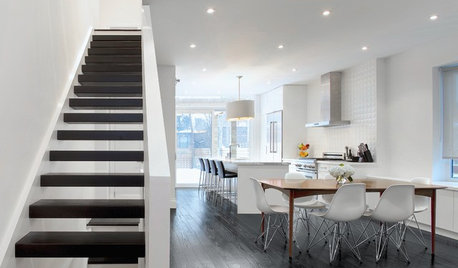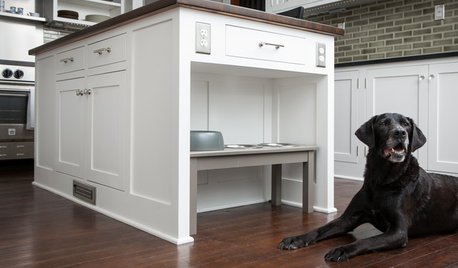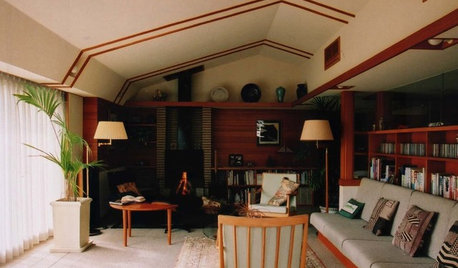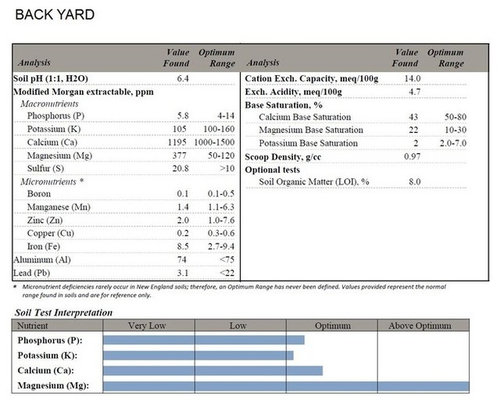High % OM & Compaction/Hydrotropic
sc77 (6b MA)
9 years ago
Related Stories

HOUZZ TOURSMy Houzz: High End Meets Budget Friendly in Toronto
Splurging selectively and saving elsewhere, a Canadian family gets a posh-looking home that matches their vision
Full Story
KITCHEN DESIGNPet-Friendly Design: Making Room for the Dog Dish
In a dog’s life, you eat on the floor. Except in kitchens like these, where pets are factored into the design
Full Story
STORAGEBookcases and Floating Shelves That Break the Mold
Linear horizontal shelves have their place, but you can also get creative. Here are some ideas to spark inspiration
Full Story
HOMES AROUND THE WORLDHow Japanese Architects Have Built on the Work of Frank Lloyd Wright
The design philosophy of the U.S. architect, who worked for a time in Japan, has been kept alive by generations of Japanese architects
Full Story






sc77 (6b MA)Original Author
sc77 (6b MA)Original Author
Related Professionals
Southfield Landscape Architects & Landscape Designers · Bowie Landscape Contractors · Chesapeake Ranch Estates Landscape Contractors · Mahwah Landscape Contractors · North Potomac Landscape Contractors · Placerville Landscape Contractors · Pleasant Prairie Landscape Contractors · Pleasanton Landscape Contractors · Ridgewood Landscape Contractors · Webster Groves Landscape Contractors · Centreville Driveway Installation & Maintenance · San Juan Capistrano Swimming Pool Builders · Willoughby Swimming Pool Builders · Framingham Fence Contractors · South Yarmouth Fence Contractorssc77 (6b MA)Original Author
Kimmsr
sc77 (6b MA)Original Author
gardengal48 (PNW Z8/9)
sc77 (6b MA)Original Author
maplerbirch
User